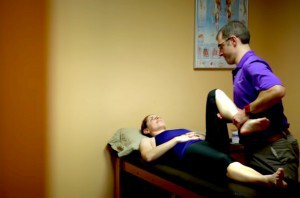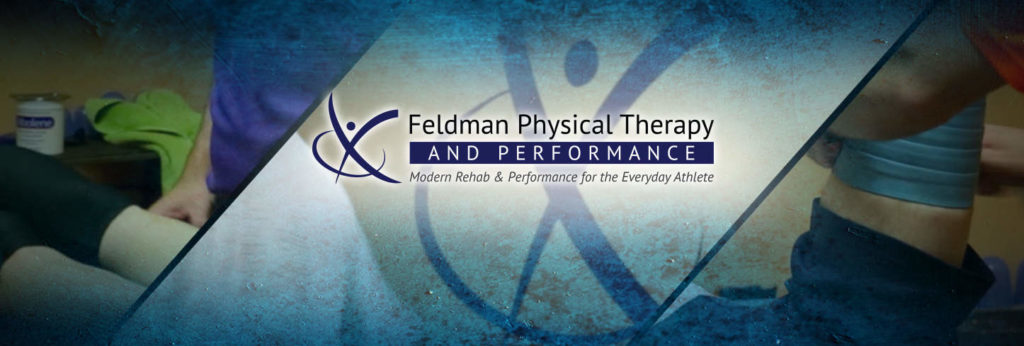Balancing Manual Therapy and Exercise

When I founded Feldman Physical Therapy and Performance I promised myself that I would never get comfortable. That meant a few things at the time, but over the years it has come to mean more.
I started this practice because I was unhappy with level of care I could provide in a traditional clinic. I wanted to offer my patients more and use my skills to their fullest. As part of this, I promised myself that in my own practice I would re-evaluate my treatment strategies yearly to be sure they still matched what the science showed to be the most effective practices.
Coming from a traditional clinic where I commonly was responsible for four-to-five patients at a time—with little time for effective manual therapy—it was only natural for my plan to offer my patients a full hour of manual therapy. I couldn’t wait for the chance to get 60 minutes to work on one patient. I knew that exercise would be key for their overall recovery, but I wanted to show them some exercises they could do at home, then check that they were doing them correctly at each visit and update the exercises if needed. But my focus would be on manual treatments.
That first year, I spent all my continuing education money on manual therapy courses, read any books on the topic that I could get my hands on, and subscribed to all blogs that even mentioned manual therapy. People loved their manual treatments. I don’t think a single patient complained and said, “I want to exercise more.”
But the more I learned about manual therapy, the clearer it became that while my manual skills were important, I was never going to “fix” anyone with them. In fact, I saw that the type of manual work delivered mattered far less than the person delivering it. It wasn’t my manual skills, but the uniqueness afforded to me by having hour-long one-on-one sessions with my patients where I listened to and engaged with them that put their experience on a different level.
It didn’t take me long to realize that while what I was doing was drastically different from a traditional physical therapy clinic, like most things, the truth, that is, the most effective therapy, lay somewhere in the middle. I was missing a huge opportunity to help my patients by not using enough exercises in the clinic with them.
I spent the next two years using all my continuing education money on exercise prescription, strength and conditioning-based courses, along with movement and functional evaluation based courses. All that has led to the updated treatment strategy now offered at Feldman Physical Therapy and Performance. We haven’t given up on our manual tools, but we use them to reduce our patients’ pain and create an opportunity for us to show them that exercise is not threatening, and can, in fact, help them heal themselves!
I wouldn’t trade our hour-long sessions for any other model (I’m even starting to wonder if they are long enough), but I know that an hour with me is a long time, and I wouldn’t want to put my patients through more than is necessary.
I look forward to reading this back in a few years, and reflect on how I have continued to change and grow, and all the new information we will have by then.
